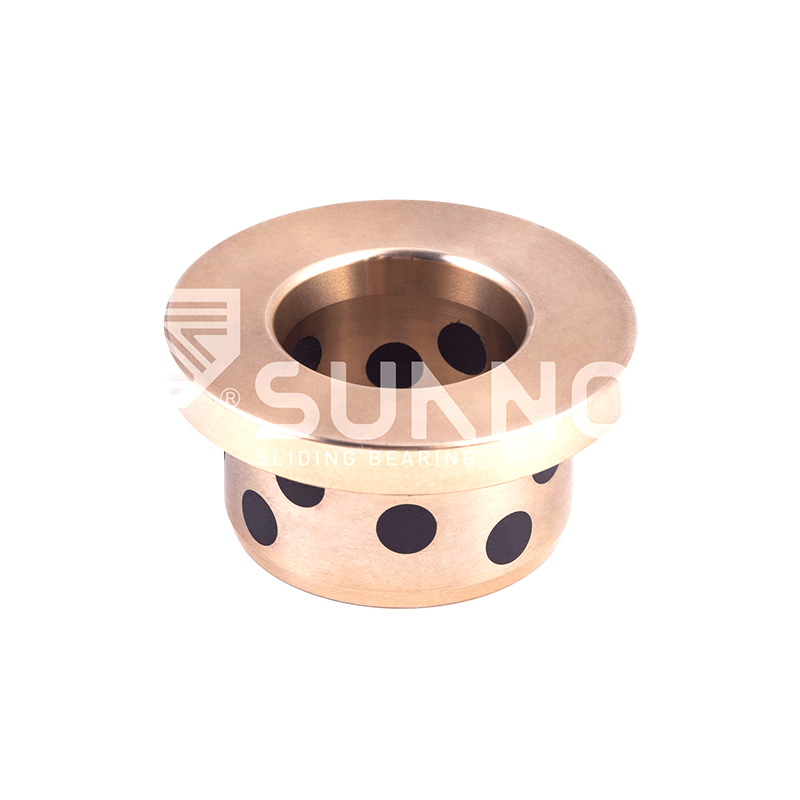-
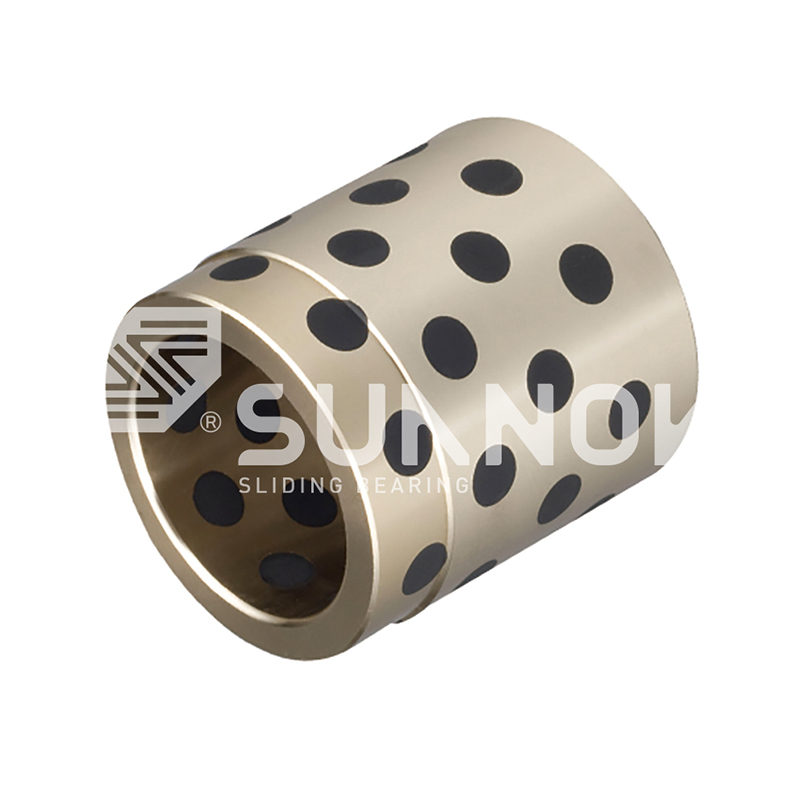 JDB Solid-lubricating Bearing JPBW, JPBF Maintenance-Free Oilless Solid-lubricating Bearing
JDB Solid-lubricating Bearing JPBW, JPBF Maintenance-Free Oilless Solid-lubricating Bearing -
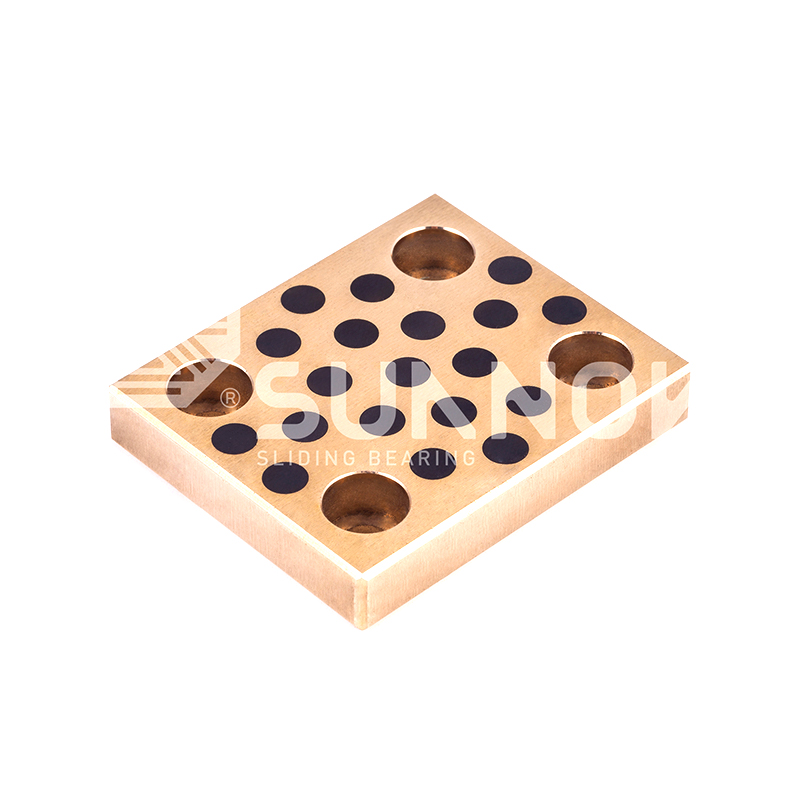 JDB Solid-lubricating Bearing JESW Oilless Wear Plate Lubrication-Free Sliding Plate
JDB Solid-lubricating Bearing JESW Oilless Wear Plate Lubrication-Free Sliding Plate -
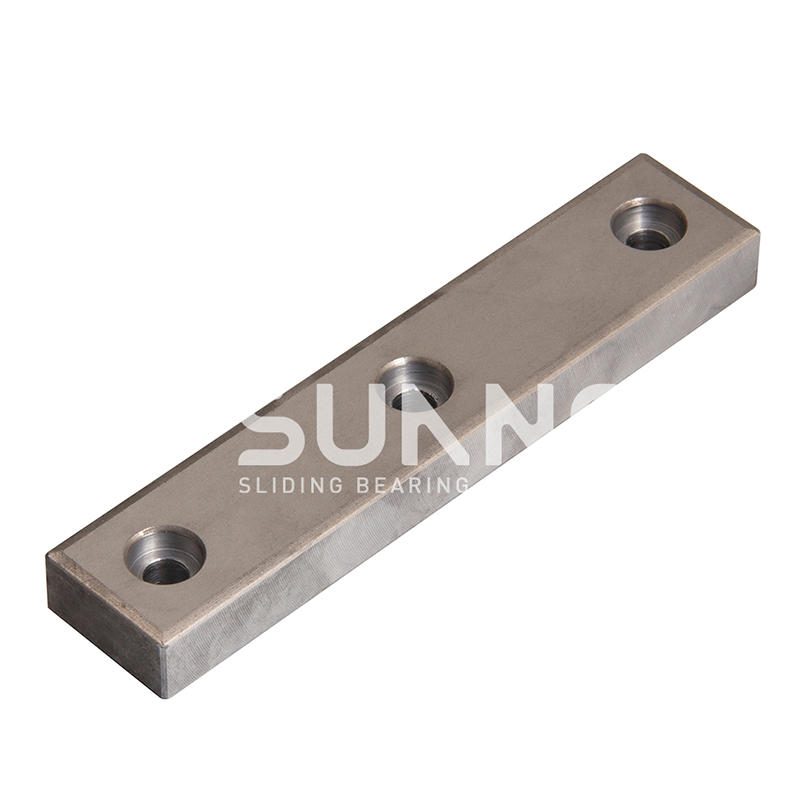 Oil-retaining Bimetallic Bearing Self-Lubricating 200# P20 Oil-Retaining Steel Bearing Plate - Low Friction Wear-Resistant
Oil-retaining Bimetallic Bearing Self-Lubricating 200# P20 Oil-Retaining Steel Bearing Plate - Low Friction Wear-Resistant -
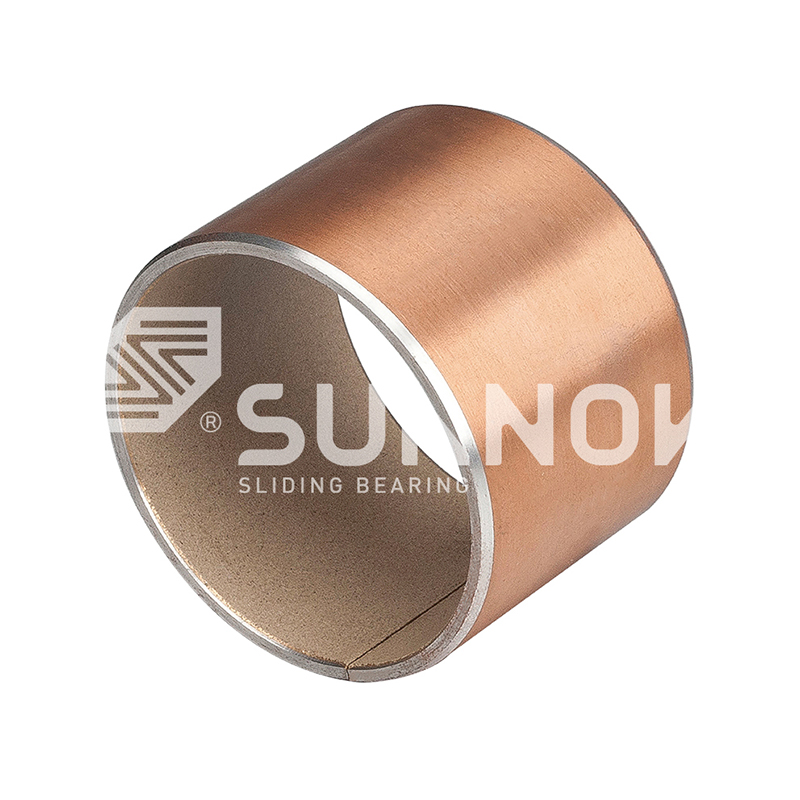 SF-1 Oilless Bearing SF-1P Reciprocating Motion Bronze Self-Lubricating Composite Bearing Bushing
SF-1 Oilless Bearing SF-1P Reciprocating Motion Bronze Self-Lubricating Composite Bearing Bushing -
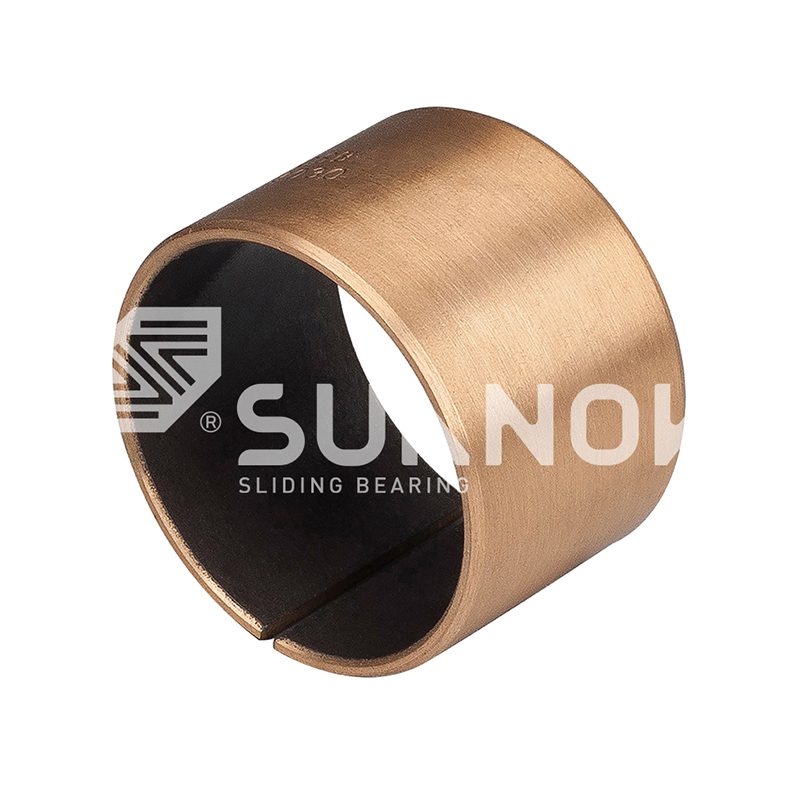
-
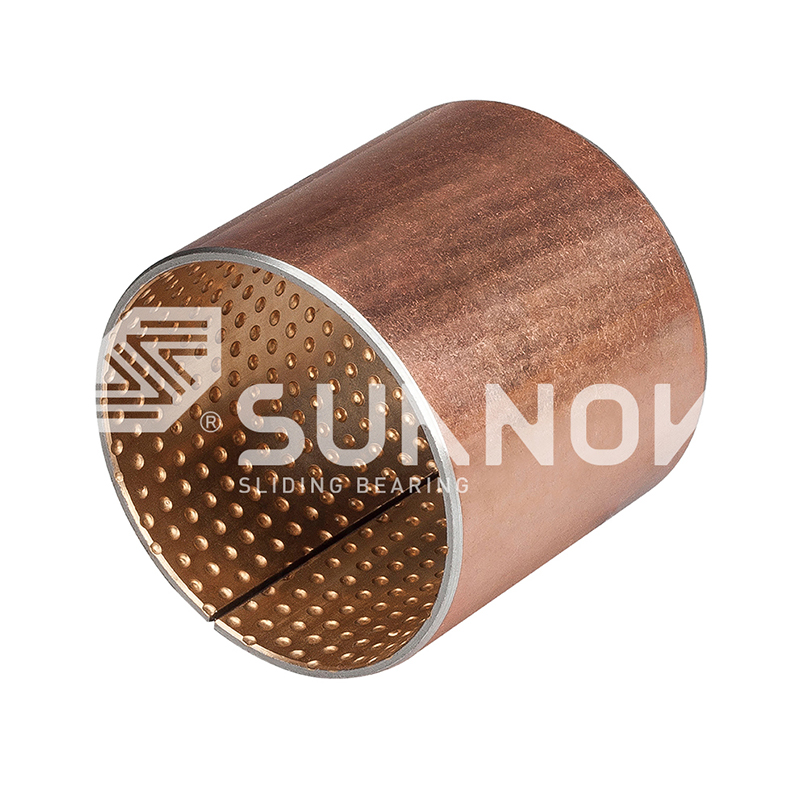
-
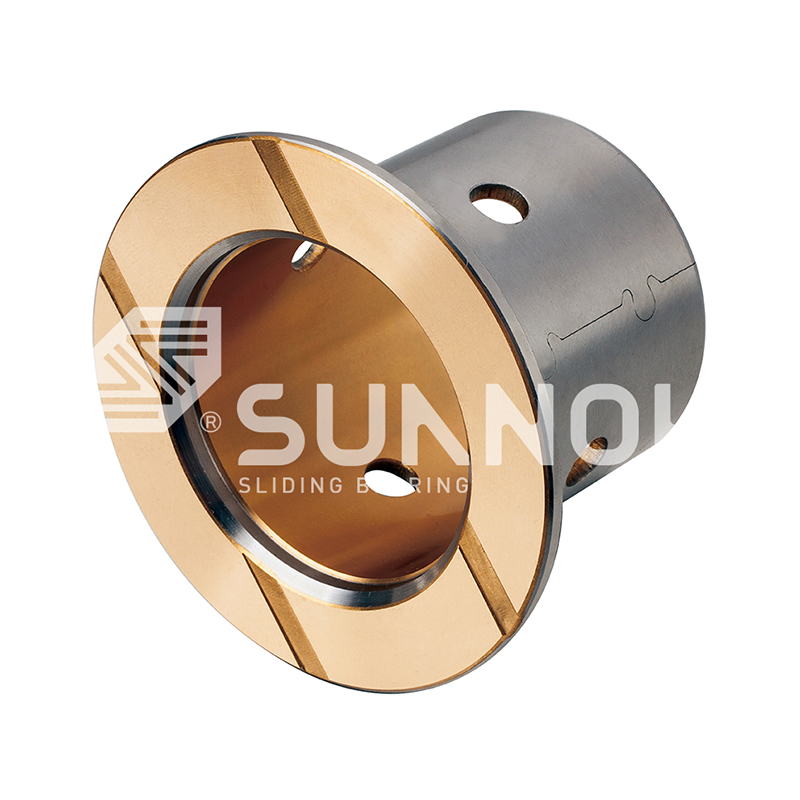
-
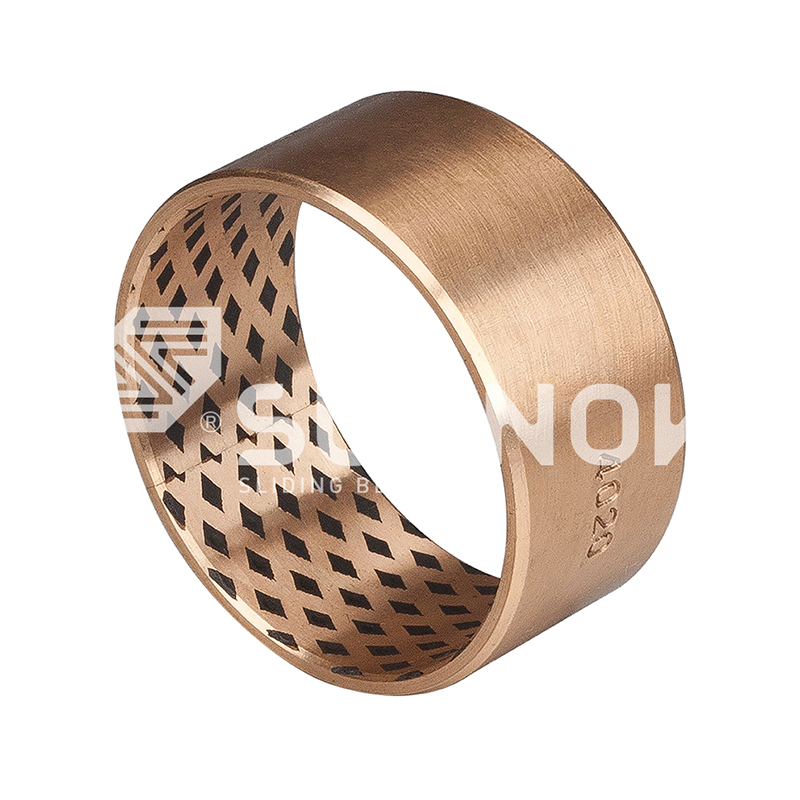 FB090 Bronze Wrapped Bearing FB09G Bronze Wrapped Bearing | Industrial Bronze Wrapped Bearing Bushing
FB090 Bronze Wrapped Bearing FB09G Bronze Wrapped Bearing | Industrial Bronze Wrapped Bearing Bushing
The Benefits of Maintenance-Free Solid Lubricant Bearings for Industrial Applications
Industry News-Maintenance-free solid lubricant bearings are revolutionizing industrial machinery by reducing downtime and operational costs. Unlike traditional oil or grease-lubricated bearings, these bearings use embedded solid lubricants, such as graphite, PTFE, or molybdenum disulfide, to provide long-lasting performance without the need for frequent maintenance.
JFBB Metric Self-lubricating Oilless Graphite Flanged Bearings Bushings
How Maintenance-Free Solid Lubricant Bearings Work
Solid lubricant bearings incorporate dry lubricants within their structure, which gradually release during operation to reduce friction. Common materials include:
PTFE (Teflon): Low friction, chemical resistance
Graphite: High-temperature stability, electrical conductivity
Molybdenum Disulfide (MoS2): Extreme pressure resistance
These materials eliminate the need for external lubrication systems, making them ideal for harsh environments where oil or grease may fail.
Key Advantages Over Traditional Bearings
Zero Maintenance Required
No relubrication needed, reducing labor costs and machine downtime.
Ideal for hard-to-reach or sealed applications.
Extended Service Life
Solid lubricants degrade slower than oils, leading to longer bearing life.
Example: In a steel mill, solid lubricant bearings lasted 3x longer than grease-lubricated ones.
Better Performance in Extreme Conditions
Operate reliably in high temperatures (up to 350°C for some graphite-based bearings).
Resistant to dust, water, and corrosive chemicals.
Lower Total Cost of Ownership
Reduced maintenance and longer lifespan offset higher initial costs.
Case study: A mining company cut bearing-related costs by 40% after switching.
Common Applications
Food & Beverage: No oil contamination risk, meeting hygiene standards.
Aerospace: Lightweight, reliable in vacuum and extreme temperatures.
Automotive: Used in suspension and transmission systems.
Heavy Industry: Ideal for crushers, conveyors, and high-load machinery.
Solid Lubricant vs. Traditional Bearings: A Quick Comparison
| Feature | Solid Lubricant Bearings | Oil/Grease Bearings |
|---|---|---|
| Maintenance Frequency | None | Regular relubrication required |
| Temperature Range | -200°C to +350°C | Limited by oil breakdown |
| Contamination Risk | None | Potential leaks and dust ingress |
| Lifespan | 2-3x longer | Shorter, wear-dependent |
| Initial Cost | Higher | Lower |
| Extreme Environment Performance | Excellent (vacuum, radiation, etc.) | Poor |
